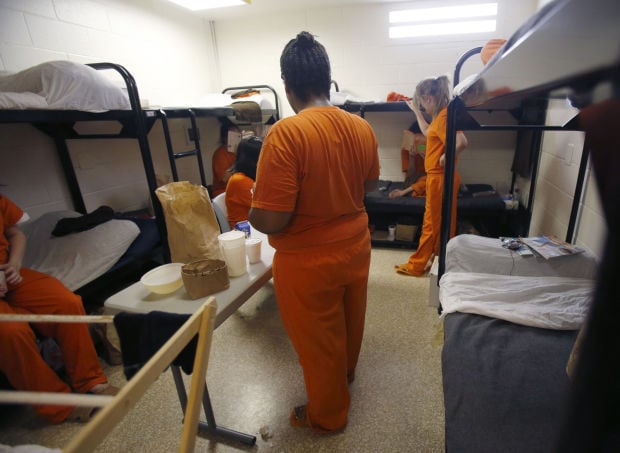Tucson’s jail bills are up $1.4 million — a 25 percent increase from a few years ago — partly because city police aren’t using a money-saving alternative-to-jail program as much as they could.
The city paid the county $7.3 million last year for housing inmates at the Pima County jail, up from $5.9 million three years earlier.
And the bill appears to be going up because, in tough budget times, the county is raising the reimbursement rate it charges cities and towns, which is now $258 per inmate for the first day and $80 a day after that.
The county hasn’t decided how much more it will charge, but Interim City Manager Martha Durkin said the increase makes it more urgent for the city to find ways to cut the cost.
She said the county also needs to reduce the number of inmates at the jail, so it is in the interest of both governments to find ways to cut costs by avoiding incarcerating people.
City Court Administrator Chris Hale said the alternative-to-jail program, which is an initial court appearance process in which people hear the charges against them and the conditions of their release without being booked into jail, saves the city the cost of housing an inmate.
Hale wants the program expanded.
Council Member Paul Cunningham said the City Court is overburdened.
Cunningham said he has been asking for them to be more efficient “and we never get anywhere.”
Along with the alternative-to-jail program, he said there are a number of strategies that could save the city money. One he highlighted would be a highly publicized event allowing people with outstanding warrants to come to court on a designated day to clear up their cases.
The alternative-to-jail program was cutting-edge when the city started it in 2009, and it won an award from the Arizona Supreme Court system in 2011 for being an innovative way to improve operational efficiency.
“We were saving a lot of money when it first started” — more than $1 million, Hale said.
More than 2,000 people a year participated in the program back then. Now, it’s fewer than one person per day, Hale told the council. That’s partly due to police using cite-and-release strategies more than the alternative-to-jail program, he said.
Police Chief Roberto Villaseñor told the council he is committed to making officers aware of the program and making its use mandatory in some cases. He did not provide specifics, but said it would be cost-effective for arrests on warrants.
The council directed its staff to explore increased use of the program, and also some other strategies at a variety of points in the legal process.
“What we’re trying to do is figure out ways to ensure only those people who need to be in jail are in jail,” Hale said.
That may include encouraging police to book a person charged with both a felony and a misdemeanor crime on the felony only, making the county responsible for paying for the defendant’s jail stay, and issuing a citation for the misdemeanor crime.
Another strategy involves electronic monitoring before trial and home detention after sentencing for some defendants. Home detention is paid for by the defendant, not city taxpayers. Those programs are no-brainers, Cunningham said.
Another idea is making more plea offers at the initial appearance, saving on jail costs while a defendant waits for another court date.





